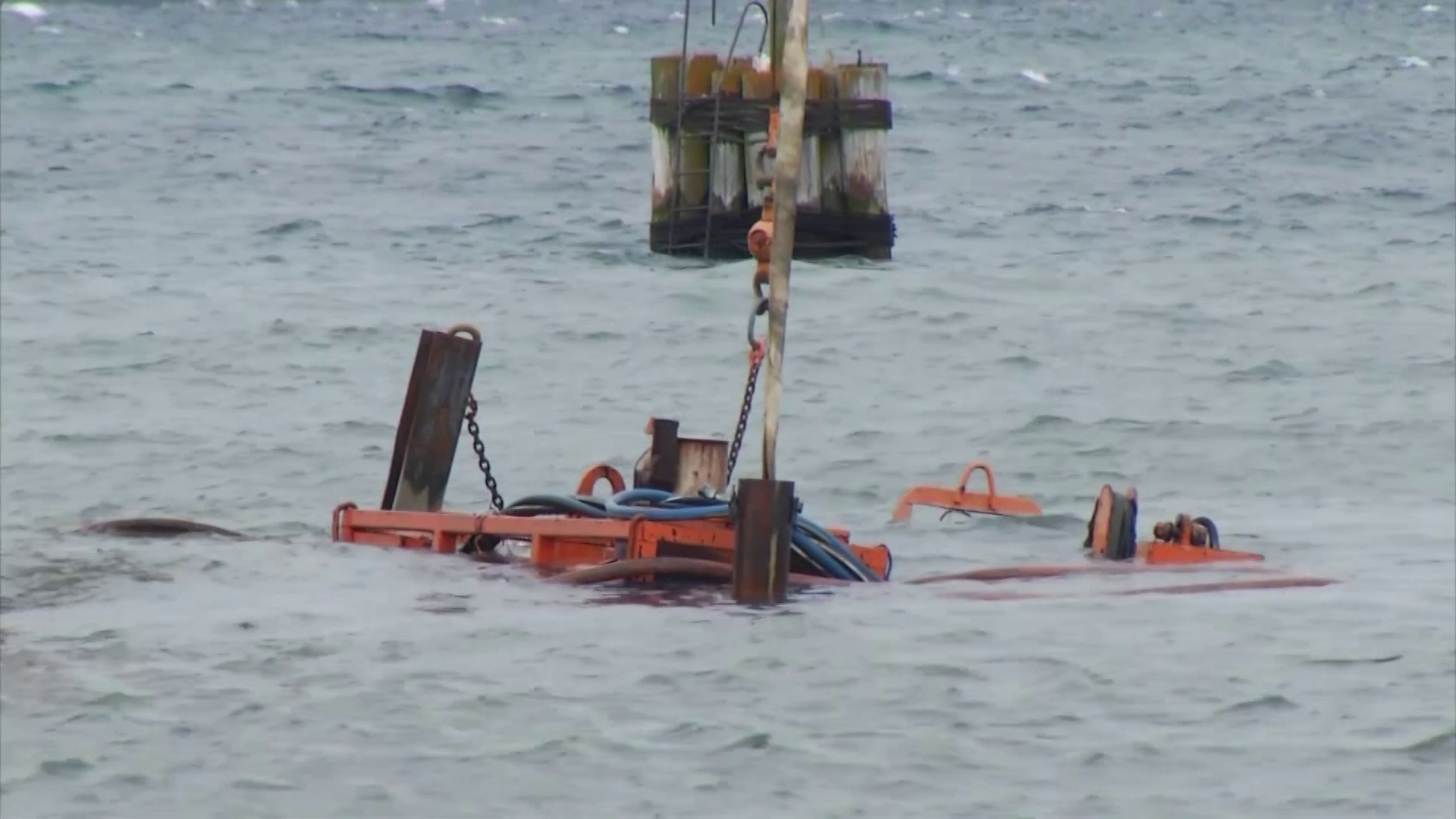
Prehistoric cave paintings can be found throughout the world, with the most ancient one known being over 40,000 years old. Many of these paintings are simply a hand, and while some may consider this to be early art one of my college history professors thought differently. He said that at our core, humans want to be remembered. A painted hand in Indonesia, a red dot in the Cave of El Castillo, engraved ostrich shells from the Middle Stone Age, can all be considered art. But they can also be considered a testament to the innate desire to not be forgotten once we’re gone.
Nowadays we can take pictures at any given moment and have an endless sea of digital space to preserve the memory. knows all about capturing that perfect moment. She’s recently been able to preserve a few of her favorite moments through photos that are making a journey to the moon.
“This happened by complete happenstance, it was the most random thing,” she said.
Kacie’s passion for photography isn’t shared by many in her family, except for her aunt Debbie Glaza.
“She’s always the one who has her phone out, she’s always the one that is making sure to take pictures. I’m sure that’s where I get it from.”
Her uncle, Steve Glaza, though not an avid photographer, spent a portion of his career working for Kodak. During his time there he befriended a colleague named Bruce Ha. Bruce went on to found Stamper Technology, a company that has patented nano-format archival products.
One of those products uses a patented technology called Nano Fiche, and it can hold millions of pages on a piece of metal the size of a CD. Two of those CDs were made to go to the moon. They contain the English Wikipedia contents, the Rosetta Project, and a library of human languages. The archival is called the Lunar Library.
While Ha was getting the library together, he asked Steve if he would be interested in contributing two pages of whatever he wanted to the digital time capsule.
“My aunt and uncle are friends with Bruce so they were given this opportunity. Of course, my aunt wanted to put family pictures in it with our names. This could be for future civilizations. My aunt sent me a Word doc of what she was working on. She had three photos on two pages and a whole bunch of names, and I asked if she wanted more images on it because you could definitely fit more.”
Kacie got to work arranging a collection of photos sent to her by her aunt. Included in those photos were some of Kacie and her young family, and much of her extended family too. Kacie packed both standard size computer sheets with a collage of photos and captions that will be sent up with the guidebook to Earthly life as we know it.
“My aunt had asked me if I could send her our Christmas photo, me and your uncle are sending pictures to the moon and that’s the only one I have of all of you. And I was like, ‘What? You need to back up a minute.’ So we got into this whole conversation. She had actually called my mom first and she wasn’t home, had she been home, my mom would have just sent the picture and my aunt wouldn’t have needed to reach out to me. It would have just been a screenshot of us instead of all of these photos that are going now.”
The first half of the Lunar Library reached the moon in February. The second half of the library that includes Kacie’s family’s photos will launch in June.
Like the rest of us, Kacie doesn’t know if there’s other life somewhere out in the universe. But if there is, she and her family might be how future, intergalactic generations come to know what humans of Earth looked like.
“It’s cool, we all get to go to the moon together.”
Don’t miss stories like these, join .
© 2023 - 910 Media Group



